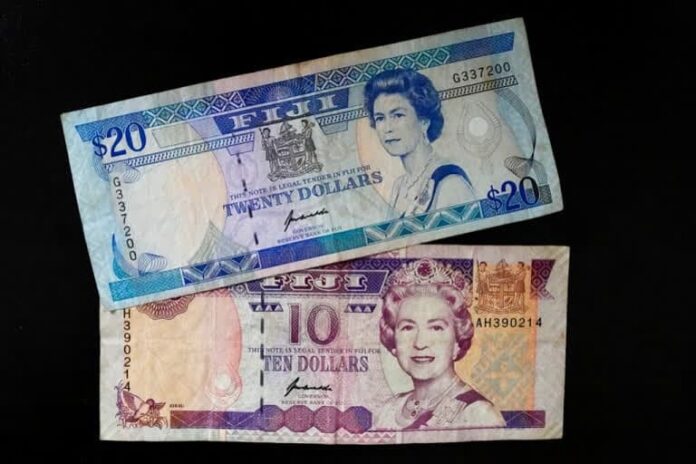| Translate This News In |
|---|
British banknotes and coins have included images of Queen Elizabeth II for many years. As a reminder of the imperial reach of the British empire, her portrait has also featured on coinage in dozens of other nations. So what happens this week after she passes away? It will take some time for the monarchs on the money of the United Kingdom, Canada, Australia, New Zealand, and other nations. However, that doesn’t imply that the bills don’t function; they do. The late queen’s paper money will now undergo the following:
SWITCHING MONARCHS
It is anticipated that the image of the next King Charles III would eventually replace the portrait of Queen Elizabeth II on British banknotes and coins. According to the Bank of England, “Present banknotes carrying the picture of Her Majesty The Queen will continue to be lawful currency.” It stated that the central bank of the UK would make its announcement regarding the current paper currency once the official 10-day period of mourning has concluded.
More information will be provided, according to the Royal Mint, the official mint for British coins, which indicated that all coins carrying her likeness “remain legal money and in circulation.” The Royal Mint stated on its website that coin production would continue as usual throughout the period of “respectful sorrow.”
United Kingdom has 4.7 billion pounds. Currently, there are around 29 billion coins with the image of the queen in circulation, along with 82 billion pounds ($95 billion) in banknotes. Rather than all of the present coins and notes being turned in at once, the process will be gradual, and many of the coins bearing images of Queen Elizabeth II will continue to be in use for many years to come, according to Coin Expert, a British coin research website.
According to the website, after Charles is crowned, a new portrait will need to be taken for use on redesigned notes and coins. Coins featuring him will depict him facing to the left, replacing the queen’s rightward gaze, as has been done since the 17th century. It requires monarchs to be depicted in profile and facing the opposite direction as their forefathers.
WHERE DO OTHER COUNTRIES COME IN?
It will also be updated to reflect the new monarch on other currencies that feature the queen, such as the Australian, Canadian, and Belizean dollars. However, the process might take longer because, according to the Coin Expert website, “it is much easier to enforce a new design in the country where it originates, rather than in other countries where different jurisdiction may take place.”
The current $20 banknote from the Bank of Canada is made of synthetic polymer and, according to the organisation, is intended to “circulate for years to come.” The Bank of Canada continued, “When the Monarch changes, there is no regulatory duty to replace the design within a specific time frame. The development of a new design is often the first step when a new portrait subject is chosen for Canadian currency, according to the bank, and a new note is then ready to be circulated “a few years later.”
THE QUEEN’S CURRENCY
She first appeared on currency while still a princess. That was in 1935, when the $20 bill in Canada featured an 8-year-old Princess Elizabeth, whose grandfather King George V was the monarch at the time, as part of a new series of notes. In 1954, a year after her coronation, Canadian $20 bills were updated with a new portrait of the queen, and her portrait began appearing on other currencies around the world, primarily in British colonies and Commonwealth countries.
CURRENCIES USED OUTSIDE THE U.K.
More than any other monarch at one point, Queen Elizabeth II was depicted on at least 33 different currencies, according to Guinness World Records. In nations where she is still revered, like Canada, and in nations that continue to have the Union Jack in their flags, such Australia and New Zealand, she is still shown on currency.
She can also be found on notes and coins issued by the Eastern Caribbean Central Bank, the monetary authority for Antigua and Barbuda, Dominica, Grenada, Montserrat, St. Kitts and Nevis, St. Lucia, and St. Vincent and the Grenadines. Other countries have long since stopped printing her face on their money. After Jamaica gained independence from Britain in 1962, its central bank replaced portraits of national heroes like Marcus Garvey on paper notes.
Instead of the queen, notes in the Seychelles now feature local wildlife. Bermuda underwent a similar transformation, though the queen still has a minor role on bills. After becoming a republic, Trinidad and Tobago changed its coat of arms. Hong Kong dollars issued after Britain returned control of the Asian financial centre to Beijing in 1997 feature Chinese dragons and skyscrapers on the city’s skyline. (AP)


















